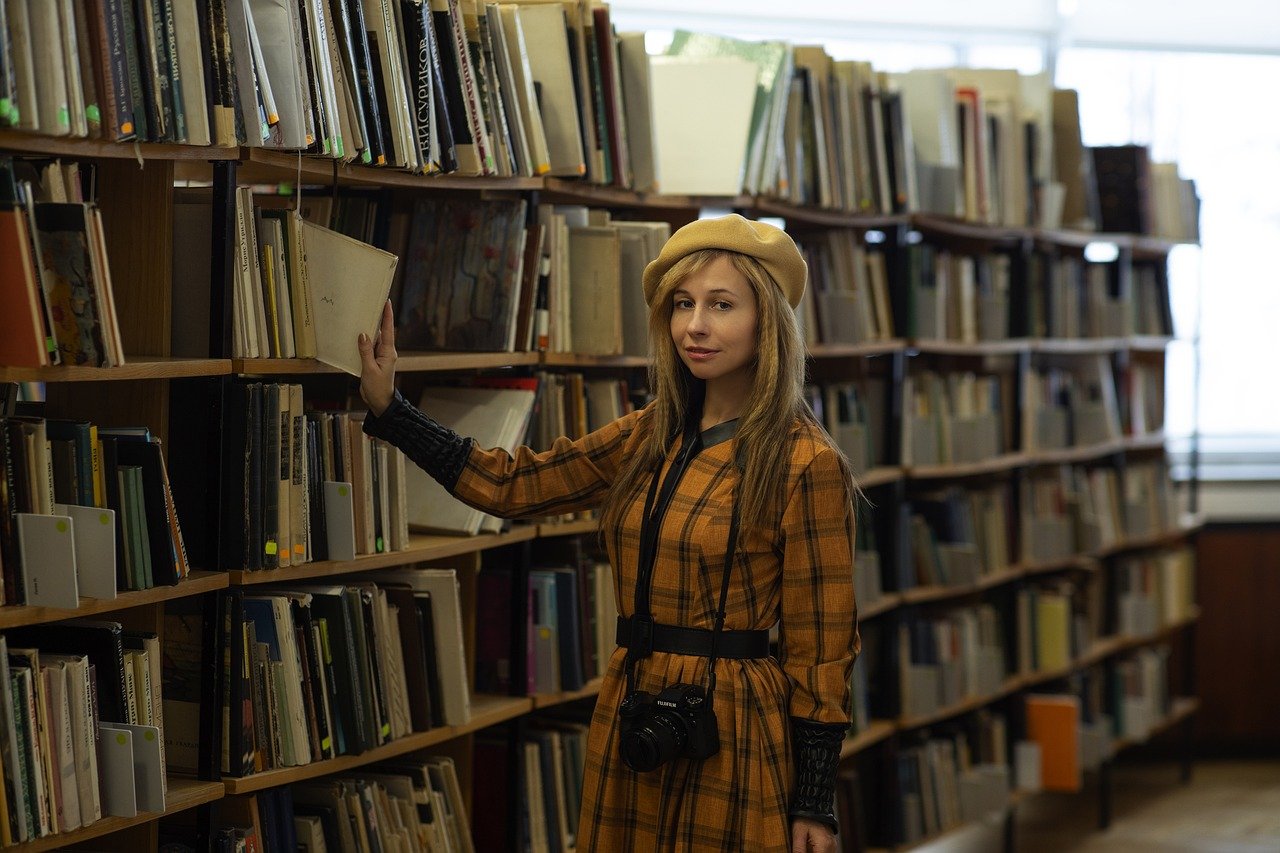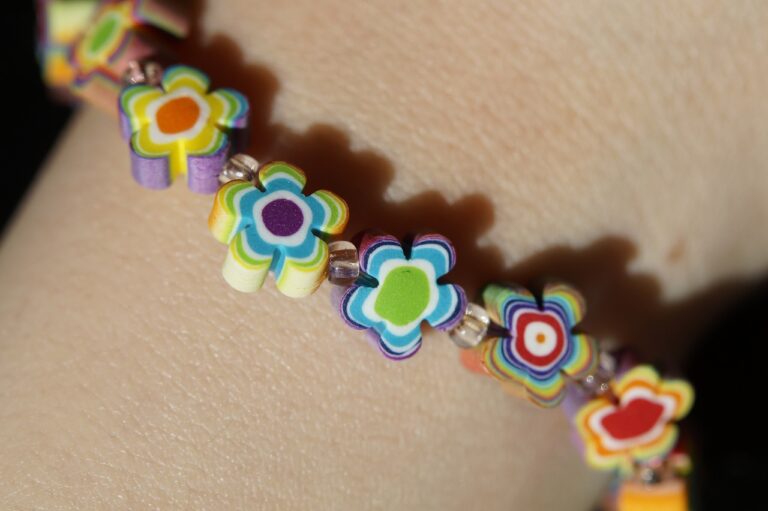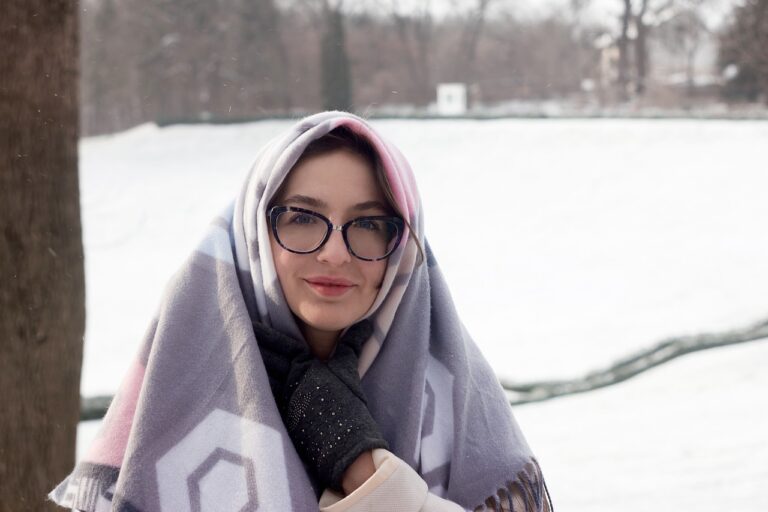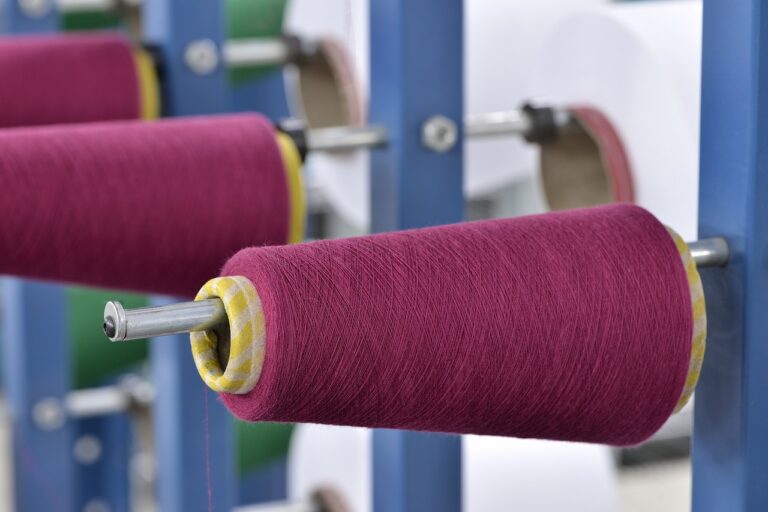The Psychology of Fashion: Understanding Consumer Behavior and Style Preferences
The way we choose to dress often reflects our inner thoughts and emotions. Our psychological state can have a significant influence on the styles and colors we are drawn to. For example, someone feeling confident and empowered may opt for bold and vibrant clothing choices, while someone feeling more reserved or introverted might prefer muted tones and classic silhouettes.
Moreover, our fashion choices can also be a way for us to express our identity and personality. The clothes we wear can act as a form of self-expression, allowing us to showcase our individuality and unique sense of style. It’s important to recognize that our psychological well-being and self-perception can play a key role in shaping the way we present ourselves through our fashion choices.
• Our psychological state can significantly influence the styles and colors we are drawn to
• Feeling confident and empowered may lead to bold and vibrant clothing choices
• Feeling reserved or introverted might result in preferring muted tones and classic silhouettes
• Fashion choices can be a way to express our identity and personality
• Clothes can act as a form of self-expression, showcasing individuality and unique style
• Psychological well-being and self-perception play a key role in shaping how we present ourselves through fashion choices
The Role of Social Influence in Fashion Trends
Social influence plays a significant role in shaping fashion trends. Individuals often look to their peers, celebrities, and social media influencers for inspiration and guidance when making choices about clothing and style. The desire to fit in within certain social circles or to be seen as trendy can heavily impact the fashion choices that people make.
In today’s interconnected world, social media platforms like Instagram, TikTok, and Pinterest have become powerful tools for spreading fashion trends. Influencers and brands leverage these platforms to showcase new styles, creating a ripple effect where followers often emulate what they see online. The constant exposure to aspirational lifestyles and curated fashion content can strongly influence consumer preferences and drive the popularity of certain trends.
Cultural Impact on Style Preferences
When examining the cultural impact on style preferences, it becomes evident that one’s upbringing and surroundings play a substantial role in shaping their fashion choices. Societal norms, traditions, and heritage greatly influence the type of clothing people wear and the overall aesthetic they gravitate towards. For example, in some cultures, vibrant colors and intricate patterns hold significant symbolic meanings and are commonly incorporated into everyday attire.
Additionally, the media and popular culture within a particular society heavily dictate what is deemed fashionable and desirable. Fashion icons, celebrities, and influencers often set trends that are embraced by the masses, leading to a collective shift in style preferences. This widespread influence can prompt individuals to adjust their wardrobe choices in alignment with prevailing cultural norms and popular fashion movements.
How do psychological factors influence fashion choices?
Psychological factors such as personality, self-esteem, and mood can play a significant role in determining an individual’s fashion preferences. For example, someone with a high level of self-confidence may be more likely to experiment with bold and unique styles.
What is the role of social influence in fashion trends?
Social influence, including peer pressure, media influence, and celebrity endorsements, can heavily impact the popularity of certain fashion trends. People often look to others for validation and may be more inclined to follow trends that are promoted by those they admire.
How does culture impact style preferences?
Culture plays a crucial role in shaping style preferences by influencing what is considered fashionable or appropriate in a particular society. Different cultures have distinct norms and values that can influence everything from color choices to garment silhouettes.







